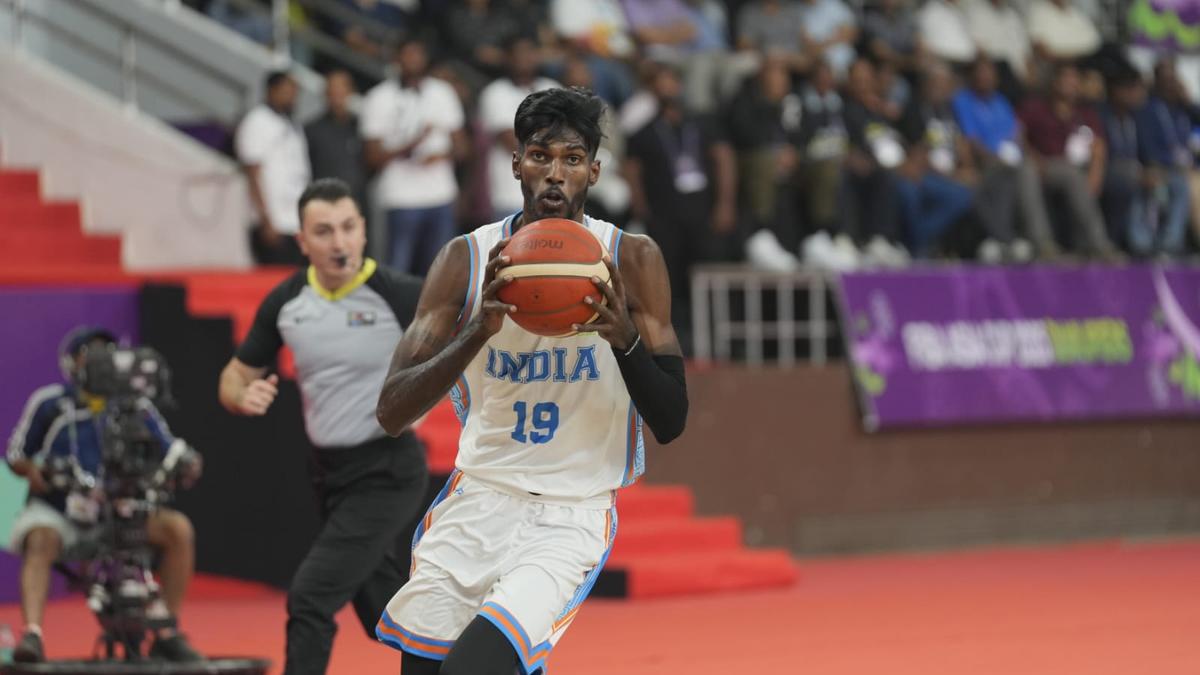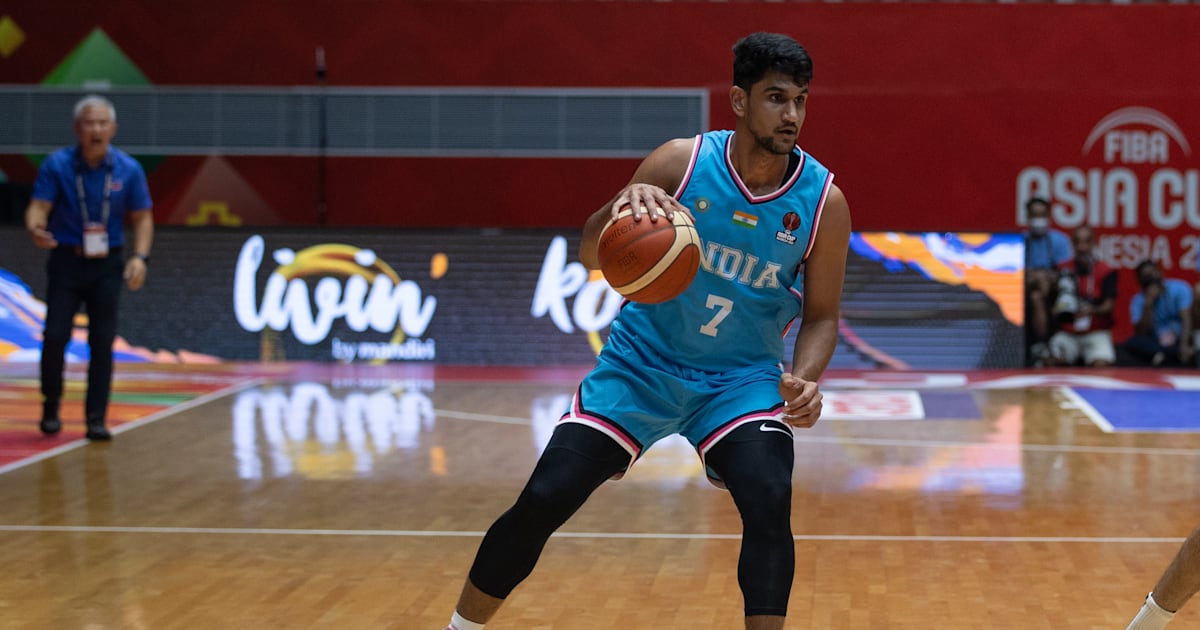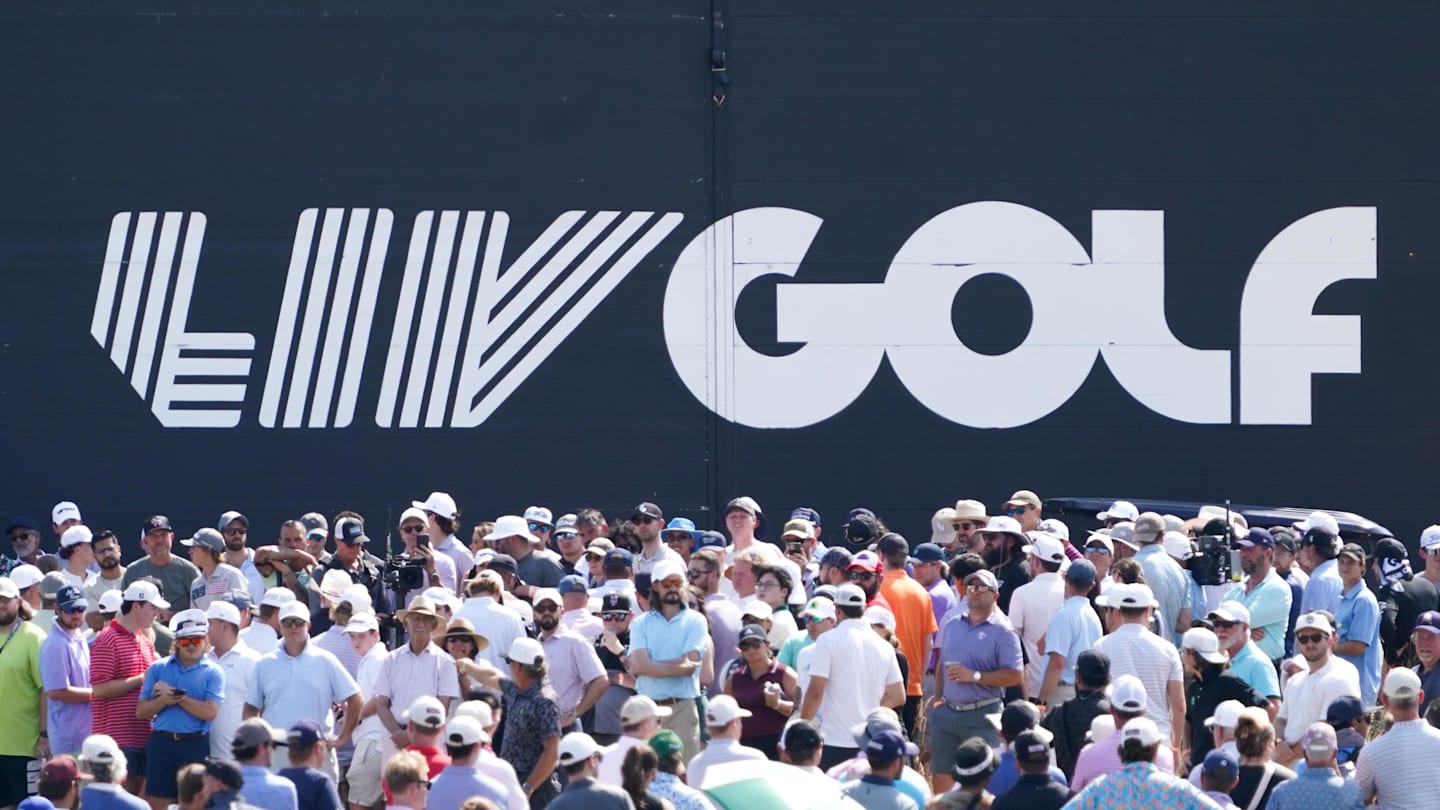The biggest underachiever in Asian World Cup qualifying isn’t the Socceroos, it’s Qatar by a country mile

5-0. It was the final result after the match in Abu Dhabi between the United Arab Emirates and Qatar in Group A of 2026 FIFA World Cup qualifying.
To the disbelief of viewers, the winners were the Emirati hosts, who trounced their neighbours with no mercy. This was the most catastrophic loss for Qatar in the ongoing 2026 WCQ, highlighting the country’s struggle to keep their campaign afloat as they now sit in fourth, only ahead of Kyrgyzstan and North Korea.
A new era of the UEFA Champions League is here, only on Stan Sport.
It’s surprisingly hard to believe that this is the situation of the current Asian champions, who have been holding the Asian Cup trophy since 2019 and successfully retained it in February this year. The turn of events is so unthinkable that Qatar’s malaise can be considered as one of the biggest collapses, perhaps even greater than Australia and Saudi Arabia’s similar ongoing woes in Group C.
Since the beginning of the third round, Qatar have achieved far fewer points than they should have, while many regulars are having upside-down performances, with no sustained stability.
So what has prompted Qatar’s ongoing crisis in Group A? There are no easy explanations, but each of them tend to support each other, as Qatar’s current quagmire has a lot to do with the way the Asian champions are functioning. How does it come to this point?
The first explanation for Qatar’s WCQ crisis is the sudden retirement of Hassan Al-Haydos, Qatar’s talisman, captain and the team’s spiritual leader. Representing Qatar from 2008-24, Al-Haydos was the undisputed soul of the entire Maroons, and an instrumental part in Qatar’s rise since 2019. With Al-Haydos at the helm, there was a great level of balance among Qatari players, and his presence tended to ease the pressure on his teammates, even if Qatar’s performances fluctuated.
Hassan Al-Haydos’ retirement after the 2023 AFC Asian Cup, when his country retained the title, clearly had a bad impact on Qatar’s morale, as he was just 33 years old and could still represent his country for two other major tournaments. His successor, Akram Afif, has the charisma and skills but lacks the ability to comfort or manage his fellows, resulting in Qatar’s insipid performances. Indeed, Afif often shows his inability to adapt to different circumstances, which prevent Qatar from moving onward post Al-Haydos’ retirement.
The second reason is associated with the lack of diversity in training methods of the country’s biggest academy, Aspire. Since opening up in 2004, the academy has become Qatar’s greatest pride on the big stage, as the country began to build up a group of players for their future ambitions of winning and qualifying for the FIFA World Cup. And they would start to see their investment bear fruit a decade after its establishment: a first title at the U19 (now U20) Asian Cup, two senior Asian Cup titles, and their debut as hosts of the 2022 FIFA World Cup.
But Aspire Academy has one major weak point. It was established to model after the famous La Masia in Barcelona, so naturally the academy followed the same development strategy as their famous Spanish counterparts, which is skill, technique and versatility. However, Qatari players aren’t naturally-born artists the same way the Spanish are, and Aspire has never really been able to create players with the technical versatility like La Masia except for rare cases like Akram Afif and Almoez Ali. It needs to be modified to adjust to Qatar’s specific circumstances. Yet its lopsided strategy, by focusing too much on individual skills and technique rather than improving team mentality, has created a serious vulnerability as Qatar have shown they can’t defend well under persistent pressure. But because of two consecutive Asian Cup victories, these deficiencies have not been addressed, while their opponents are slowly realising that Qatar are not as powerful as they poster themselves.
The result has been catastrophic: two nightmarish defeats to neighbouring UAE, an inability to capitalise against ten-men North Korea, a humbling at the hands of Iran, and modest victories against Central Asian representatives Kyrgyzstan and Uzbekistan – the latter were beaten only after a controversial extension of injury time.
Aspire’s failure to adjust leads to the third explanation: a grave distance of quality between the current crop and the next successors. Qatar’s upcoming players don’t have the same quality of the current golden generation of Almoez Ali, Akram Afif, Mohammed Muntari, Boualem Khoukhi, Bassam Al-Rawi, Abdelkarim Hassan, Tarek Salman, Abdulaziz Hatem, Ali Assadalla and Pedro Miguel Correia. Only a few notable youngsters have broken through, like Yusuf Abdurisag and Jassem Gaber.
This is further exacerbated by the terrible performances of their youth sections recently. In 2023, the Under-20s team had just been battered with a humiliating performance at the U20 Asian Cup in Uzbekistan, losing three straight matches to Iran, Vietnam and Australia – the latter thumped the Maroons in a 9-1 victory. The Under-17s team fared no better at the U17 Asian Cup in Thailand at the same time, also finishing bottom with only a point behind Iran, South Korea and Afghanistan. The Under-23s team produced a better performance but lost to Japan in the quarter-finals to exit and, in turn, missed the opportunity to play in the Olympics.
The huge gap between Qatar’s current golden crop and their youth successors means that Qatar will struggle to transition, and we have already seen the effects. Heavy losses to Iran and the UAE were the best examples of Qatar’s worsening malaise.
The fourth and final explantation, or rather fault, lies with the Qatar Football Association (QFA) for creating instability. Initially, the appointment of Félix Sánchez Bas allowed the Maroons to have a sense of stability, as Qatari players prospered under his guidance. Bas was the former U19 Qatar team coach, so players had natural attachments to him. This father-and-son type relationship was instrumental to Qatar’s rise to prominence, with the 2019 AFC Asian Cup conquest a case in point. Qatar’s improvement under Bas continued with their impressive 2019 Copa América, 2021 CONCACAF Gold Cup and 2021 FIFA Arab Cup showings, suggesting that things were going right.
Yet, in March 2022, a bizarre decree by the QFA to have all the best players train in isolated compounds in Spain and Austria for seven months was the recipe for disaster. Justifying it as measures to avoid Covid-19 infection and to prepare for their World Cup debut, they grounded all the best players in Marbella, a coastal city in Andalusia, and were cut off from contact with outsiders. They were only allowed to resurface when they were playing pre-World Cup friendlies. In modern football, coercing players to train in isolated compounds is never the answer. This North Korean-esque approach by the Qatari federation stifled the development of Qatari players, as they suffered from the lack of regular playing time on the domestic front, which is arguably more important.
Ecuador midfielder Romario Ibarra against Qatar during the opening match of the FIFA World Cup 2022 (Photo by Jabin Botsford/The Washington Post via Getty Images)
When Qatar debuted in the 2022 World Cup in Al Khor against an Ecuador side that had already played in three previous editions, the Maroons imploded straight off the rip. The effect of their opening defeat was immense: Qatar failed to find composure against a more-experienced Senegal and the Netherlands to crumble into bottom place, becoming the worst-performed team out of 32. The humbling effect led to the dismissal of Félix Sánchez Bas and a period of coaching instability followed, with Bruno Pinheiro acting as interim coach for the Gulf Cup before Carlos Queiroz assumed the role for a short-term, before his sudden departure in November 2023.
The new manager Bartolomé Márquez, nicknamed “Tintin” after the comic character, was brought in to fill the hole. Márquez worked as coach of Al-Wakrah for five years and was thus familiar with the host country, quickly stabilising the team, and contributing to their eventual success in retaining the Asian Cup trophy. But Tintin has never had the aura Félix Sánchez Bas had with the side, nor the tactical acumen; he simply inherited the legacy of his Spanish compatriots. Following Hassan Al-Haydos’ retirement, Qatar began to unravel; Tintin floated multiple solutions for the role Al-Haydos left behind, including rotating several players and giving the captain’s armband to Akram Afif, but Qatar still lack cohesion. Without Al-Haydos, the team have looked severely malfunctioned, and they no longer have the anticipated strength. Instead, Qatari players are now playing with fear, pressure and struggle, with no clear sight on how it can improve. Understandably, Tintin’s job is now being placed on the table, with reports about talks with Xavi ongoing.
For whatever reason, the fact that Qatar are now fourth means a path for direct World Cup qualification looks improbable. Now, Qatar have to alter their target: fighting for survival to at least reach the playoff spot. It won’t be easy though, with the way they are performing.
With trips to Kyrgyzstan and Uzbekistan, and difficult home fixtures against North Korea and Iran looming, the situation is dire. Much like Chile in the 2018 WCQ, or Italy in 2022, Qatar now face the potential of missing out on a World Cup despite holding the continental title.
The Maroons will have to find out if they will follow the same fate.
Related
India goes down to Qatar in Asia Cup qualifier
Indian forward Pranav Prince scored 13 points in the Asia Cup qualifier against Qatar in Chennai on Friday.
FIBA Asia Cup 2025 Qualifiers: Indian basketball team loses to…
The Indian men’s basketball team suffered a 69-53 defeat against Qatar in its third Group E match of the FIBA Asia Cup Qualifiers 2025 at the Nehru Indoor Sta
Group E: Qatar break through with rout of India
CHENNAI (India) - Qatar finally barged into the winners' circle of the FIBA Asia Cup 2025 Qualifiers following a 69-53 victory over India on Friday night.The FI
India look to turn things around in FIBA Asia Cup…
CHENNAI: As India and Qatar enter the second window of the FIBA Asia Cup Qualifiers, they face similar challenges. Both teams are coming off two losses in Gro












/cdn.vox-cdn.com/uploads/chorus_asset/file/24435784/tokyostrava.jpg)